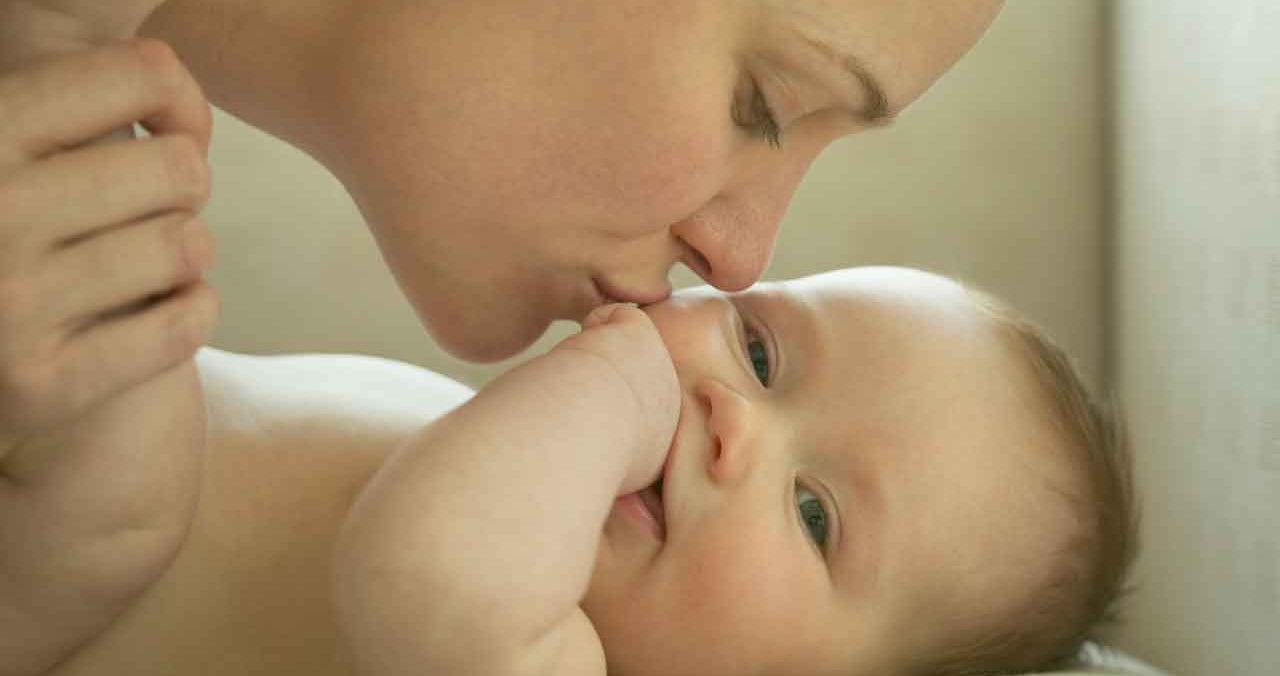Surprising Facts About Your Newborn

Some realities of life with a newborn will remain a mystery until you bring your baby home from the hospital. To help you with any surprises, here’s a primer.
During your pregnancy, your OB/GYN should tell you what to expect during labor and delivery. Then, your pediatrician will step in with the lowdown on your baby’s first few months — including basic feeding and care, as well as warning signs your child might be sick. Well-meaning friends and family will also weigh in with tips like, “Sleep when your baby sleeps.”
Yet some realities of life with a newborn will remain a mystery until you finally bring baby home from the hospital. To avoid any scary surprises, here’s a primer on some little-known facts about babies during those first few months.
YOU MIGHT ALSO LIKE: How to Care for Your Newborn
Newborns don’t have perfectly round heads
If you’re expecting the kind of cherubic, round-faced angel you’ve seen in diaper commercials to pop out on delivery day, you might be disappointed. Babies who are delivered vaginally are often born with cone-shaped heads, the result of squeezing a pliable skull through the narrow birth canal.
Your baby will also have two mushy areas on top of her head, called fontanels, where her skull hasn’t yet fused together. Those spots may even appear to pulse in alien-like fashion (that’s blood flowing through your baby’s head). Fontanels gave your baby’s brain room to grow.
Her head should mold itself into a rounder shape as she develops and her skull fuses into place.
Babies get pimples
You might not expect to see your child’s first breakout until the teenage years, but about 20 percent of babies are born with acne. Pimples in a newborn are the result of mom’s hormones, which crossed the placenta during pregnancy and are now stimulating your baby’s oil glands. There’s no need to treat baby acne; it should clear up on its own.
Poop can look like motor oil or mustard
No parent expects the contents of their baby’s diapers to be sweet smelling or pastel-hued, but the greenish-black ooze you’ll discover during the first few days of life can be shocking. The tar-like substance, called meconium, is made up of water and the contents of your baby’s intestines (old cells, amniotic fluid, and mucus).
Over the next few days, the greenish-black should gradually transition to a yellowish color. If your baby is breastfed, her poop will start to look like Dijon mustard — yellow with little seeds. Formula-fed poop is closer to tan or brown in color.
YOU MIGHT ALSO LIKE: Guide for First-Time Moms
Babies act on reflex
During the first few weeks of life, you might notice your baby suddenly throw his arms out and thrust his head back. That dramatic-looking response is called the startle reflex (or Moro reflex). It’s one of several natural reflexes babies are born with, along with sucking and rooting. After about three months, the startle reflex should fade, making your baby much less jumpy.
Some babies look cross-eyed
A newborn’s senses, including vision, take some time to develop. Newborns can see only about eight to 10 inches in front of their face. As their eye muscles strengthen, babies can appear to cross their eyes as they try to focus.
Some babies also have an extra fold of skin in the corner of their eyes that makes them look as if they have crossed eyes.
In most cases, the crossing will go away after the first three or four months, as your baby’s eye muscles develop and the baby grows into his or her extra skin. If your baby’s eyes keep crossing after that time, see your pediatrician for advice.
Babies are born with a sweet tooth
Taste is the most advanced sense in a newborn, as the taste buds form early in the womb. The type of flavor your baby prefers will undoubtedly be sweet. Studies have shown a dramatic difference in babies’ facial expressions when they’re given sugar water (a satisfied look) versus something sour or bitter (pursed lips). Experts cite an evolutionary reason for the choice.
Sweets suggest that a food is a high-carbohydrate energy source, whereas sour or bitter tastes warn that it might have gone bad. Your baby will gradually develop a taste for other flavors. Once she’s on solid food, introducing a variety of foods can help her grow into a flexible eater.
Updated:
November 27, 2023
Reviewed By:
Janet O’Dell, RN